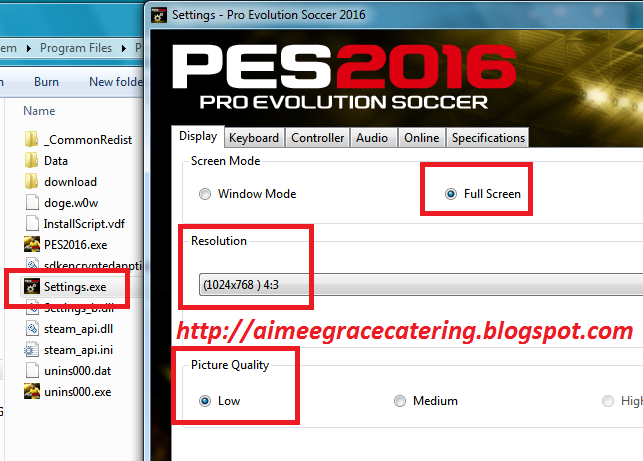Generate Public Key From Pem File Java
To Create a CSR with keytool and Generate a SignedCertificate for the Certificate Signing Request
Jan 21, 2009 Requirement: Create JKS keystore and truststore out of certificate and private key files given in pem format. Try to open the certificate and key files and it contains ASCII text that starts with -BEGIN CERTIFICATE-, then it is in PEM format. Using keytool in java, when a keystore is created it already has the. Jan 21, 2009 Requirement: Create JKS keystore and truststore out of certificate and private key files given in pem format. Try to open the certificate and key files and it contains ASCII text that starts with -BEGIN CERTIFICATE-, then it is in PEM format. Using keytool in java, when a keystore is created it already has the. The first step in configuring a VT Display session for SSH client authentication using a public key is to use the keytool program to generate a public-private key pair. About keytool. Keytool is a multipurpose utility program, included in the Java 2 Version 1.4 JRE and distributed with Host On-Demand, for managing keys and certificates. Generate a private-public key pair using keytool. Lines per array. Make and filter the log file into a html file. Protect your existing private rsa key with a passphrase. Save/Load Private and Public Key to/from a file. Store/Retrieve Private Key/Public Key to/from disk/file:D. Expand Embed. Converting PEM-format keys to JKS format. This topic describes how to convert PEM-format certificates to the standard Java KeyStore (JKS) format. The Java KeyStores can be used for communication between components that are configured for SSL (for example, between Studio and the Oracle Endeca Server, if both are SSL-enabled). Converting PEM-format keys to JKS format This topic describes how to convert PEM-format certificates to the standard Java KeyStore (JKS) format. The Java KeyStores can be used for communication between components that are configured for SSL (for example, between Studio and the Oracle Endeca Server, if both are SSL-enabled).
Perform the following operations from the command line.
Generate the Certificate Signing Request.
Generate a signed certificate for the associated Certificate SigningRequest.
Use the keytool to import the CA certificate into the client keystore.
These keys are works perfectly and it’s really obtainable to pick up at the moment.This Pro Evolution Soccer 2017 Serial Key Generator works for all platforms (PC, PS3/4 and Xbox One/360). We added all necessary features in the keygen for game account protection, so you do need to worry about any kind of ban or viruses.This app is 100% clean because also tested it before releasing by many users and no one face any issue to use this flawless Pro Evolution Soccer 2017 cd code activation.

Use the keytool to import the signed certificate for the associatedclient alias in the keystore.
Caution –The following error will be generated if there is no certificatechain in the client certificate.
This error is because the CA’s certificate was not imported intothe KeyStore first. You must import theCA's certificate (step 4), then import the client.cer file itself to forma certificate chain (step 5).
Now that we have a private key and an associating certificate chainin the KeyStore clientkeystore, we canuse it as a KeyStore for client (adapter)authentication. The only warning is that the CA certificate must be importedinto the trusted certificate store of the web server to which you will beconnecting. Moreover, the web server must be configured for client authentication(httpd.conf for Apache, for example).
Next, VerSig needs to import the encoded public key bytes from the file specified as the first command line argument and to convert them to a PublicKey. A PublicKey is needed because that is what the SignatureinitVerify method requires in order to initialize the Signature object for verification.
First, read in the encoded public key bytes.
Now the byte array encKey contains the encoded public key bytes.
You can use a KeyFactory class in order to instantiate a DSA public key from its encoding. The KeyFactory class provides conversions between opaque keys (of type Key) and key specifications, which are transparent representations of the underlying key material. With an opaque key you can obtain the algorithm name, format name, and encoded key bytes, but not the key material, which, for example, may consist of the key itself and the algorithm parameters used to calculate the key. (Note that PublicKey, because it extends Key, is itself a Key.)
So, first you need a key specification. You can obtain one via the following, assuming that the key was encoded according to the X.509 standard, which is the case, for example, if the key was generated with the built-in DSA key-pair generator supplied by the SUN provider:
Now you need a KeyFactory object to do the conversion. That object must be one that works with DSA keys.
Generate Pem Key Windows
Finally, you can use the KeyFactory object to generate a PublicKey from the key specification.